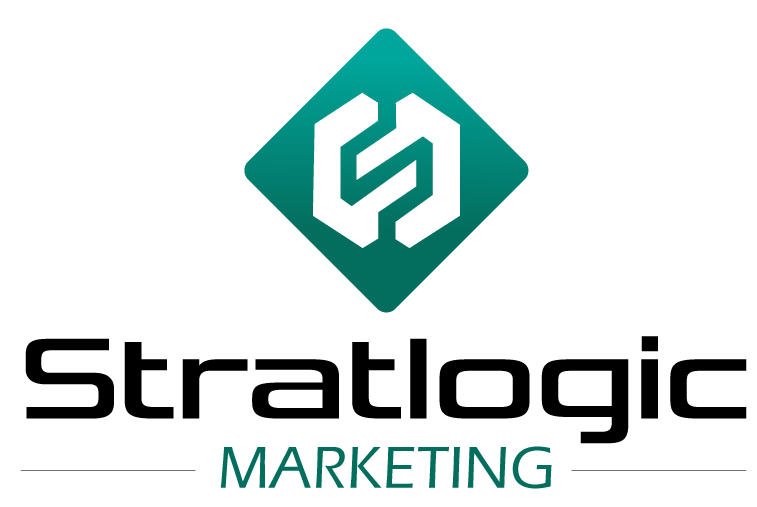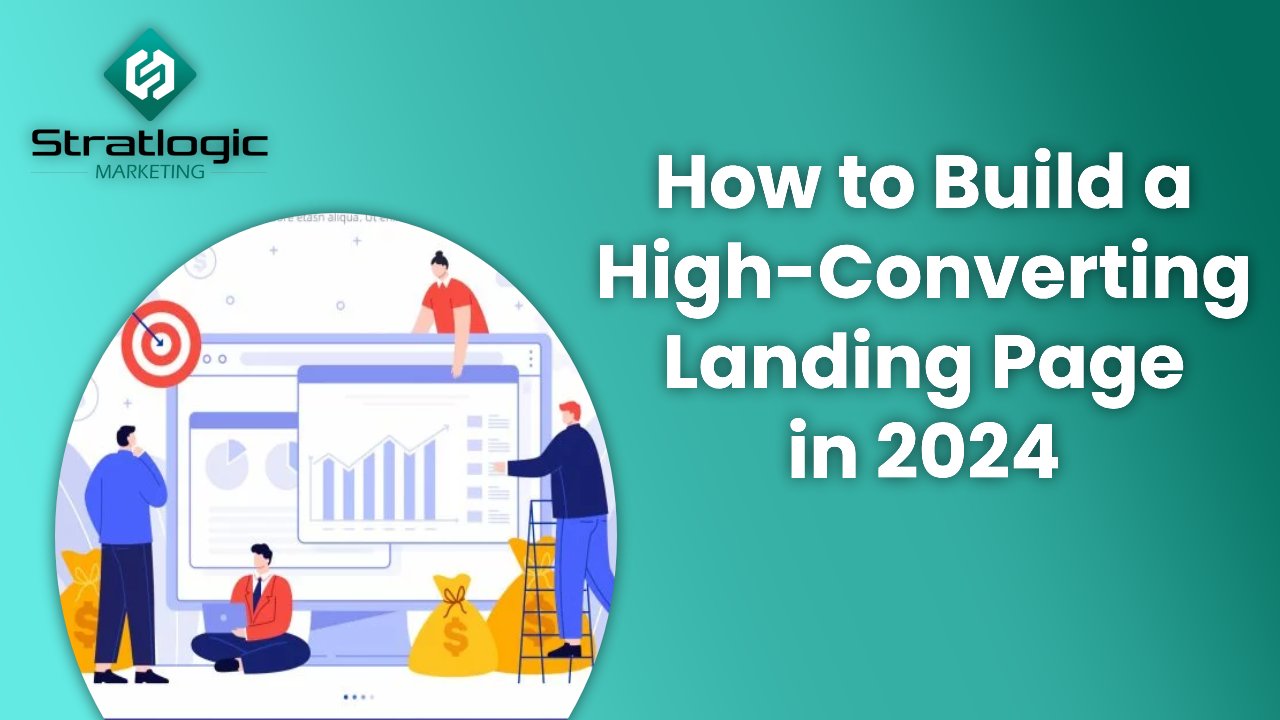Creating a high-converting landing page is essential to effectively capture leads, drive sales, and grow your business. A well-optimized landing page serves as a powerful tool for turning visitors into loyal customers. In this guide, we’ll walk you through actionable strategies to build a high-converting landing page that aligns with the latest trends in 2024.
Understand Your Audience
The first step to building a high-converting landing page is understanding your target audience. Analyze demographics, preferences, and behaviors to tailor your page’s content and design. When you know what resonates with your audience, you can create messages that address their needs, encouraging them to take action. This understanding will inform the language, imagery, and layout, making your page more compelling and ultimately improving conversion rates.
Choose a Clear and Compelling Value Proposition
A strong high-converting landing page should have a clear and compelling value proposition. This is the primary reason why a visitor should stay on your page and take the next step. Make sure to highlight what sets your product or service apart. Use concise language, avoid jargon, and keep the message consistent across all page elements. A powerful value proposition captures attention, holds interest, and makes visitors eager to learn more.
Optimize Your Headline and Subheadline
The headline is often the first thing visitors see on a high-converting landing page, so it needs to grab attention immediately. Your headline should be clear, concise, and communicate the benefit of your offer. A supporting subheadline can provide additional context. Ensure these elements work together to make a strong first impression, as they set the tone for the rest of your landing page and are critical in engaging visitors quickly.
Use High-Quality, Relevant Images and Videos
Visual elements play a significant role in landing page optimization. High-quality images and videos can make your page more engaging and relatable. For example, images of real customers using your product or a short video explaining your service can enhance trust. Ensure visuals are relevant and do not distract from your message. A high-converting landing page uses visuals to support, rather than overshadow, the primary purpose of the page.
Write Concise and Engaging Copy
The copy on a high-converting landing page should be easy to understand and to the point. Use language that resonates with your audience, highlighting the benefits they’ll receive by taking action. Avoid lengthy descriptions, as visitors may lose interest if they have to scroll through excessive text. Keep the tone consistent and engaging, aiming to evoke a positive response that motivates users to proceed with the call to action.
Leverage Social Proof for Credibility
Including social proof is a proven strategy in landing page optimization. Adding testimonials, reviews, case studies, or customer logos reassures visitors that others trust your product or service. People are more likely to convert when they see that others have had positive experiences. Social proof builds credibility, helping visitors feel more comfortable and confident in making a decision, thereby improving your landing page conversion rate.
Create a Strong and Visible Call-to-Action (CTA)
The CTA is a crucial element on any high-converting landing page. It’s the gateway for conversions, guiding users to take the desired action. Make sure your CTA stands out by using contrasting colors and clear, actionable text like “Get Started” or “Claim Your Free Trial.” Place it strategically on the page to ensure it’s easily accessible without excessive scrolling. A strong CTA can significantly increase conversions by directing users effectively.
Simplify Your Form Fields
If your high-converting landing page includes a form, keep it as simple as possible. Asking for too much information can deter visitors, reducing conversion rates. Limit your fields to essential information only, like name and email, especially for top-of-the-funnel interactions. Consider implementing autofill features and offering options like social sign-ins to make the process seamless. By simplifying forms, you reduce friction and encourage more users to complete them.
Optimize for Mobile
Mobile optimization is no longer optional in landing page optimization. With a significant portion of web traffic coming from mobile devices, ensure that your landing page is mobile-friendly. Use responsive design to adapt to different screen sizes and test usability on multiple devices. A mobile-optimized high-converting landing page provides a seamless experience, which is essential for capturing the growing number of mobile users in 2024.
Ensure Fast Loading Speeds
Page loading speed is critical in landing page optimization. Studies show that even a one-second delay in load time can decrease conversions significantly. To improve loading speed, optimize images, minimize JavaScript, and use a reliable hosting provider. Fast loading speeds keep visitors engaged and less likely to abandon your high-converting landing page due to frustration, leading to higher conversion rates.
Utilize A/B Testing for Continuous Improvemen
To maximize landing page conversion, continually test different elements of your page. Conduct A/B tests on headlines, CTAs, images, and colors to see what resonates best with your audience. Analyze the data from these tests to make data-driven improvements. A/B testing is a powerful tool for refining your high-converting landing page, allowing you to understand which changes positively impact conversion rates.
Incorporate Trust Signals
Trust signals are essential in landing page optimization. Include certifications, security badges, or money-back guarantees to reassure users that their information is safe. For businesses offering free trials, clearly state that there are “no credit card requirements” if applicable. Trust signals reduce skepticism, increase credibility, and contribute to a higher landing page conversion by building user confidence in your brand.
Use an Exit-Intent Pop-Up Strategically
An exit-intent pop-up can be a powerful tool on a high-converting landing page to capture visitors who are about to leave. Offer something valuable, like a discount or free resource, to entice them to stay. However, be careful not to overuse pop-ups, as they can be intrusive. When implemented strategically, exit-intent pop-ups can help convert a segment of visitors who may have otherwise left without taking action.
Ensure Consistent Branding
Your high-converting landing page should reflect your brand’s identity. Use consistent colors, fonts, and messaging to create a cohesive experience that resonates with your audience. Consistent branding not only reinforces your brand image but also builds trust and familiarity, which can lead to higher conversion rates. Visitors should immediately recognize that they are interacting with your brand, making them feel more connected and engaged.
Track Performance and Analyze Dat
To maximize the effectiveness of a high-converting landing page, it’s essential to track key performance metrics like bounce rate, conversion rate, and user engagement. Use analytics tools to monitor performance, identify potential issues, and gain insights into user behavior. By analyzing data, you can make informed decisions to improve landing page conversion and continually enhance your page to keep it aligned with your business goals.
Use Clear and Strategic Layout
A clutter-free layout is key to landing page optimization. Organize content logically, with essential elements like the CTA, headline, and visuals prominently displayed. Avoid overcrowding the page, as this can overwhelm visitors. Use whitespace effectively to create a clean, easy-to-navigate design. A strategic layout enhances the user experience, making it easier for visitors to find what they need, which can improve landing page conversion rates.
Optimize Your Landing Page for SEO
Although a high-converting landing page is designed primarily for conversions, optimizing it for SEO can help increase visibility. Use relevant keywords, meta descriptions, and alt tags for images to improve your page’s search engine ranking. Organic traffic can bring in highly qualified leads, further boosting conversions. SEO optimization ensures that your landing page not only attracts but also converts visitors effectively.
Keep Updating and Iterating Your Landing Page
The digital landscape is constantly evolving, and so are visitor expectations. To maintain a high-converting landing page, regularly update your content, design, and offers based on industry trends and audience feedback. Staying current with trends and making iterative improvements will help your landing page stay relevant and continue to drive conversions in 2024 and beyond.
FAQs
What is a high-converting landing page?
A high-converting landing page is designed to turn visitors into leads or customers through optimized design, compelling content, and strategic calls-to-action (CTAs).
How can I improve my landing page’s conversion rate?
To improve conversion, focus on clear messaging, effective CTAs, mobile optimization, fast loading speeds, and A/B testing for continuous enhancement.
Why are CTAs important on a landing page?
CTAs guide visitors to take the desired action, making them crucial for conversions. A strong CTA is clear, visible, and encourages engagement.
How does social proof impact landing page performance?
Social proof, such as testimonials and reviews, builds trust and credibility, making visitors more likely to convert by showing others’ positive experiences.












